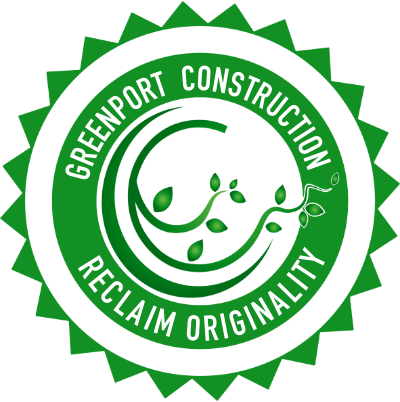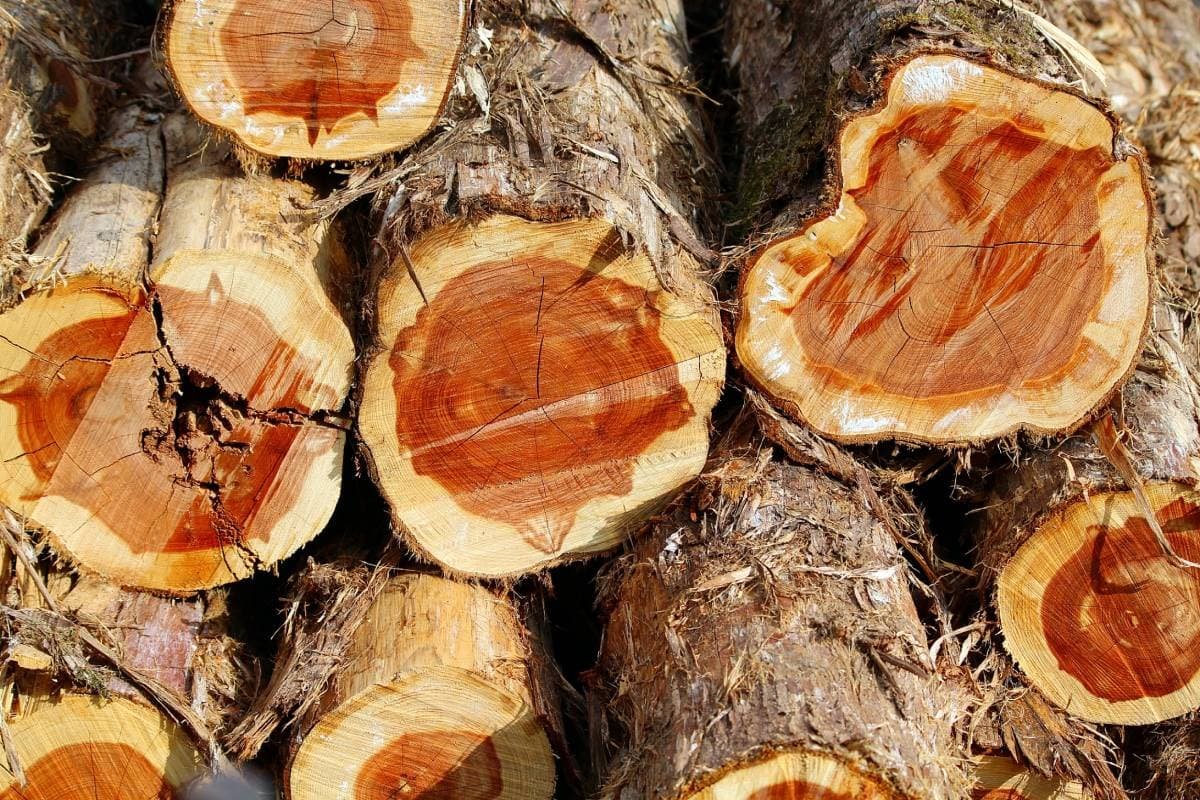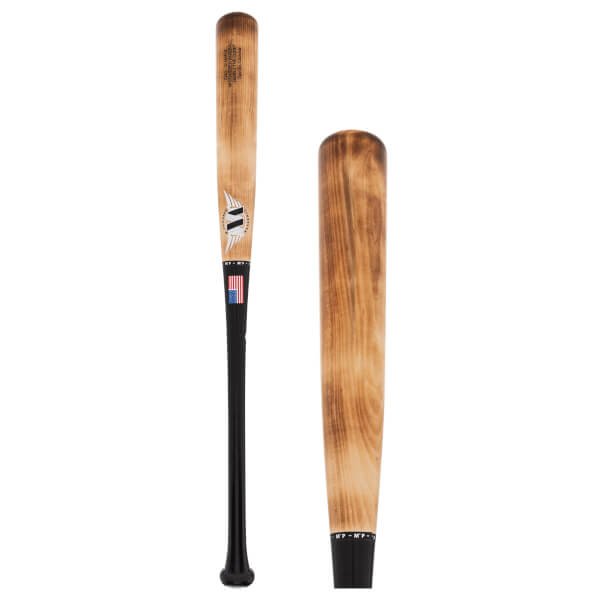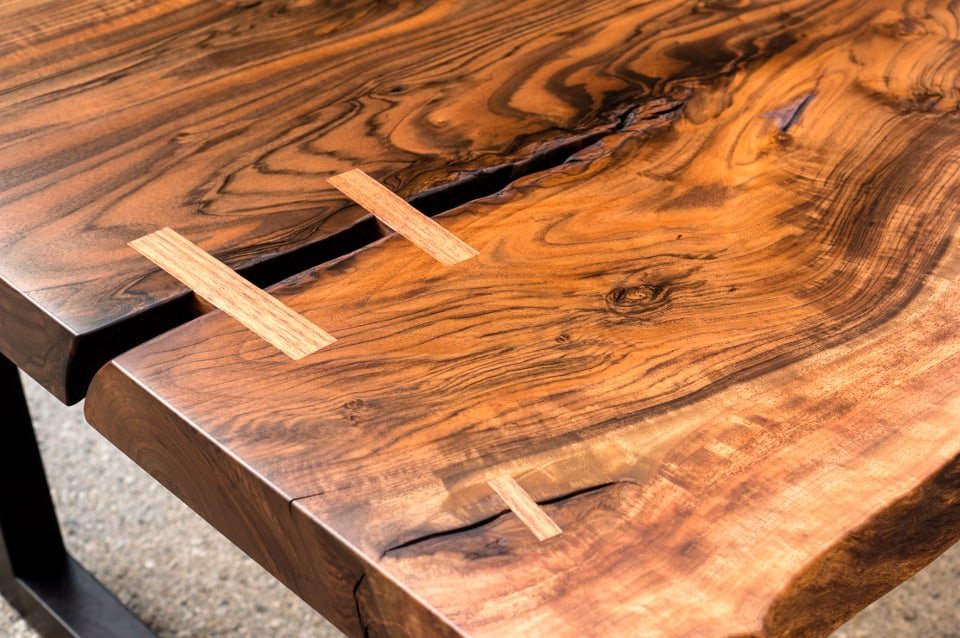Get to know your wood 101
Did you know that the type of wood you choose can make or break your home renovation project? From the rich hues of mahogany to the durability of oak, the world of wood is as diverse as it is fascinating.
In this post, we’ll explore the diverse world of wood. Whether you’re a DIY enthusiast, a professional carpenter, or simply curious about the materials that shape our surroundings, understanding the types of wood and their unique properties can elevate your projects and decisions.
Choosing the right type of wood is crucial not only for achieving the desired aesthetic but also for ensuring durability and functionality. From selecting the perfect hardwood for a custom furniture piece to choosing the best softwood for structural applications, your choice can significantly influence the outcome.
PINE
Pine wood ranges from pale yellow to light brown. The color can vary depending on the species and age of the wood. It typically has a straight and uniform grain, though it can have knots and other natural features especially in more rustic applications. Pine is generally smooth and is softer compared to hardwoods, making it easier to cut and shape but also more susceptible to denting.
Pine is great for budget-conscious projects and often used for crafting rustic or country-style furniture and projects - cabinets, bookshelves, side tables etc.
In construction Southern Yellow Pine is commonly used for structural framing in residential and commercial construction due to its strength and availability. Pine is also used for outdoor decking and interior flooring, particularly when treated for outdoor use.
Pine is also popular in construction applications such as: trim, moldings, paneling, door frames and window casings. Pine is often used as a core wood in plywood products and thin layers of pine are used for veneering surfaces.
Finishing: Pine can be stained or painted to achieve different looks. However, it can be prone to blotching with certain stains, so pre-stain conditioners are often recommended.
Maintenance: Pine furniture and surfaces should be regularly cleaned and maintained to prevent wear and damage, especially in high-traffic areas.
CEDAR
Cedar wood is a versatile and attractive option for a wide range of applications, both indoors and outdoors. Its natural resistance to decay (due to its natural oils), pleasant aroma, and distinctive appearance make it a popular choice for many woodworking and construction projects.
Exterior Applications:
Siding and Shingles: Western Red Cedar is popular for siding and roofing shingles due to its durability and resistance to weathering.
Decking and Fencing: Cedar’s resistance to decay makes it ideal for decking and fencing. Its natural oils help protect it from moisture and insects.
Outdoor Furniture:
Garden Furniture: Cedar is often used for outdoor furniture, including benches, tables, and chairs, due to its ability to withstand the elements.
Planters and Arbors: Cedar is a popular choice for garden planters and arbors because of its natural resistance to decay.
Interior Applications:
Closet Linings and Chests: Eastern Red Cedar is valued for its aromatic properties, which help repel moths and other insects. It’s often used for lining closets and making cedar chests.
Cabinetry and Millwork: Cedar is used in cabinetry and decorative millwork, especially in applications where its unique appearance is desired.
CHERRY
Cherry wood is moderately heavy, hard and strong and machines and sands to a glass-like smoothness. The heartwood of a cherry tree is a rich red color, and the sapwood is a more delicate pink. Cherry wood is generally more expensive than many other hardwoods due to its desirability and the slower growth rate of cherry trees.
Cherry is ideal for custom millwork, including and trim, moldings and paneling. It is most commonly finished with a clear finish or light stain. Craftsmen love working with cherry for its beautiful finish and timeless appeal, making it a popular choice for high-quality cabinetry, elegant tables, chairs, and bedroom furniture. High-quality interior doors are often made from cherry for its appearance and durability. Occasionally it is used in the construction of musical instruments, such as guitars, due to its tonal qualities and ease of shaping.
Regular cleaning and occasional polishing will help maintain cherry wood’s appearance. Avoid harsh chemicals and always use a soft, dry cloth for cleaning to prevent scratching.
MAPLE
Maple wood is a versatile and attractive choice for a variety of applications, from high-quality furniture and cabinetry to flooring and musical instruments. Its combination of strength, workability, and visual appeal makes it a popular choice among woodworkers and builders. Whether you’re undertaking a fine woodworking project or selecting materials for a durable floor, maple wood offers a blend of functionality and beauty that is hard to match.
Maple is a go-to wood for cabinet and drawer interiors and built-ins due to its light color and consistent grain. Due to its fine texture and close grains, maple does not require filing and looks beautiful stained or painted. Maple can be left natural or stained very dark.
Both hard and soft maple are popular choices for kitchen and bathroom cabinetry. Hard maple is commonly used for flooring, valued for its strength and resistance to wear. Ideal for detailed custom woodworking projects due to its workability and aesthetic appeal.
Maple’s strength and durability also make it suitable for sports equipment like bowling pins and baseball bats.
WALNUT
This wood is very durable in terms of decay and it is appreciated for its fine yet open grain and unique patterns. Its coloration can range from light to bold chocolate brown, and many times contains beautiful imperfections like burls, butts, and curls. Walnut is recommended as an excellent fit for libraries, offices, interior doors, kitchen cabinets and running trim. Walnut wood is generally more expensive than many other hardwoods due to its desirability and the slower growth rate of walnut trees.
Walnut is favored by woodworkers for its fine grain and ease of carving. It is often used in intricate inlays, detailed work, custom furniture and bespoke projects.
WHITE OAK
White Oak is best known for its hard, heavy and strong qualities. While it has a coarse texture, it turns, carves and bends well, and sands and finishes beautifully. We love white oak for outdoor pieces, especially doors, due to its density, as well as for kitchen and bath cabinets. White oak is also a popular choice for flooring due to its hardness, durability, and resistance to denting and scratching. Its grain patterns also add visual appeal to interiors such as moldings, trim and paneling.
White Oak is loved by all and used for small woodworking projects to larger applications like tables, chairs, cabinets, bed frames and headboards.
SAPELE MAHOGONY
This reddish-brown wood is used as a moderately priced substitute for genuine mahogany. Sapele has an interesting, interlocked grain that changes directions in frequent, irregular intervals. This wood type has a delicate, fine texture and is excellent for cabinets and doors. It's a preferred wood for exterior doors and shutters due to its high rot resistance and excellent paint adhesion.
Comparison with True Mahogany
Color: Sapele is generally lighter and less reddish compared to true mahogany, which has a more pronounced reddish-brown hue.
Grain: While both have attractive grain patterns, Sapele often features a more pronounced ribbon-like figure.
Cost: Sapele is often less expensive than true mahogany, making it a more affordable option for projects where a mahogany-like appearance is desired.
Sustainability
Sapele is generally considered a sustainable choice when sourced from responsible suppliers who adhere to sustainable forest management practices. It’s important to check for certification such as FSC (Forest Stewardship Council) to ensure that the wood is sourced sustainably.
DOUGLAS FIR
Fir is a light rose colored soft wood that reddens over time. It is tightly knotted and features a close-grain that makes the wood very stiff. Because of its stiffness, Douglas Fir is commonly used for plywood and can hold all types of stains and finishes.
Douglas fir is widely used in construction for framing, beams, exterior siding, trusses and outdoor decks due to its strength, resistance to environmental conditions and load-bearing capacity. It is a common choice for both residential and commercial construction.
Historically, Douglas fir has been used in boat building for its durability and resistance to water, although this use has decreased with the advent of modern materials. Regular maintenance involves cleaning and re-finishing as needed. For exterior applications, periodic sealing or staining is necessary to protect the wood from weathering.
POPLAR
Poplar is a lightweight and versatile wood that's easy to machine. Its stability holds paint and enamel exceptionally well, making it the wood of choice for painted interior doors, molding, furniture frames, panels and millwork.
Whether you’re undertaking a DIY project or working on a custom piece, poplar provides a reliable and cost-effective solution. Its softness and even texture make it easy to cut, shape, and finish, making it a favorite among woodworkers and DIY enthusiasts.












